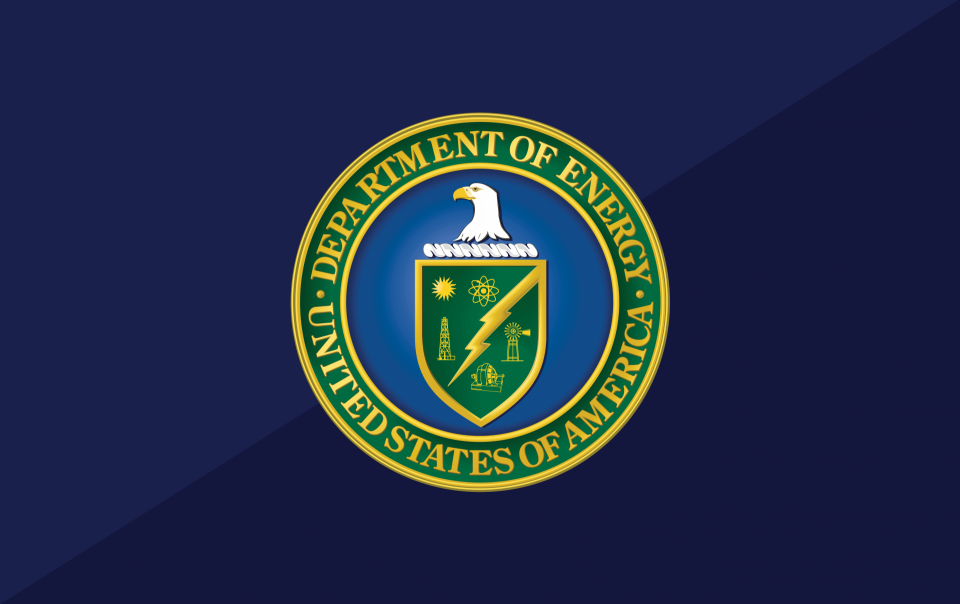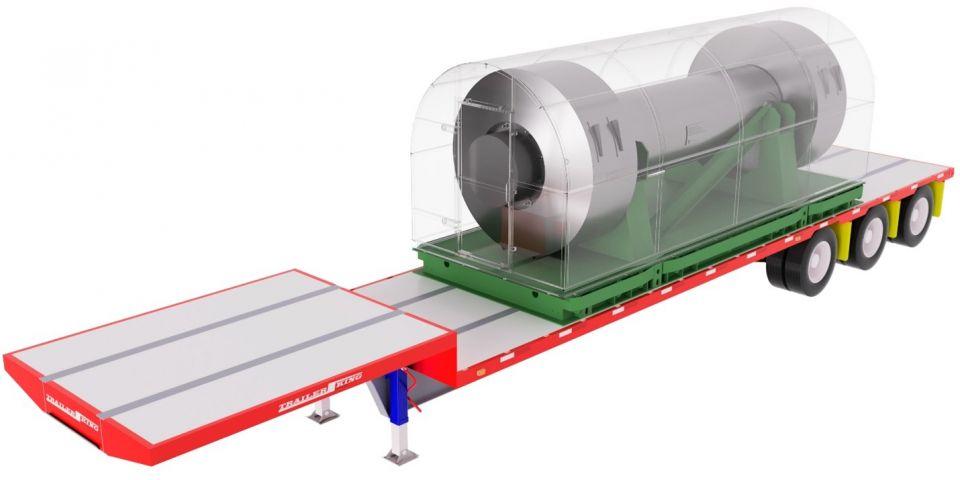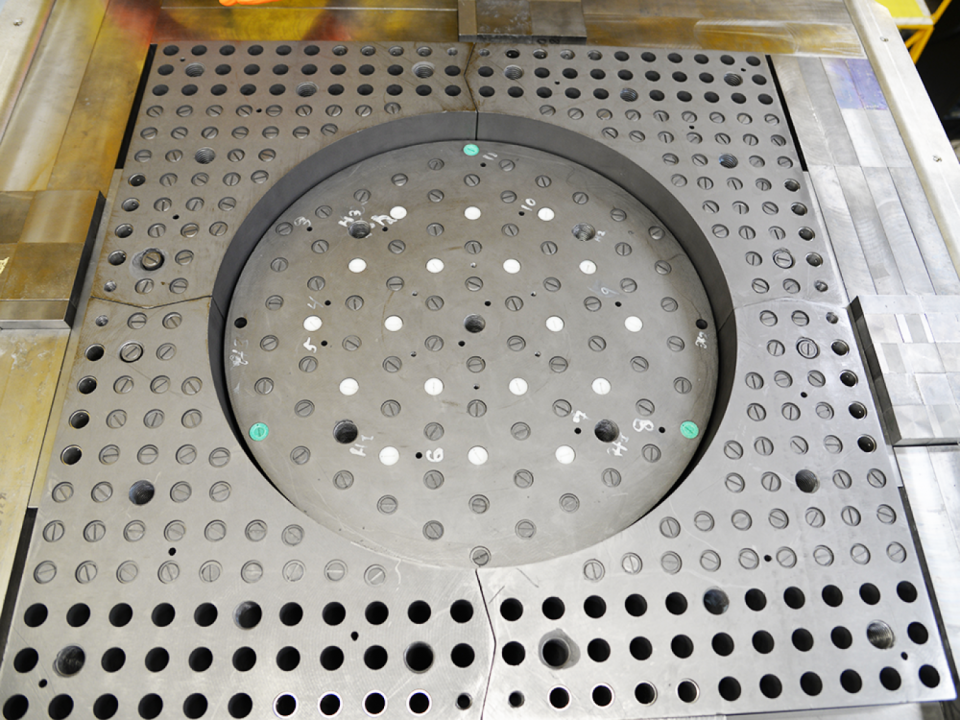DOE receives AAR approval of its spent fuel transport railcar
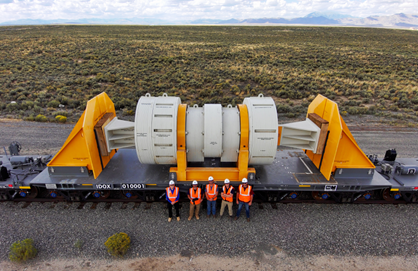
The Department of Energy’s Office of Nuclear Energy announced last week that the Association of American Railroads has certified its Atlas railcar system to operate on all major freight railroads in the United States.
Watch a video of the Atlas railcar development here.

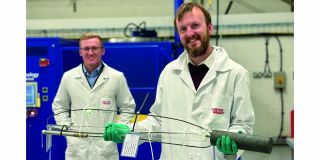-3 2x1.jpg)
